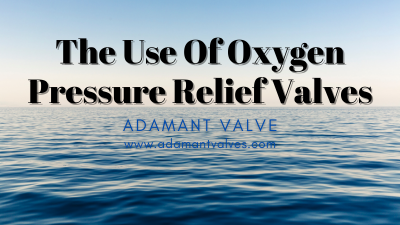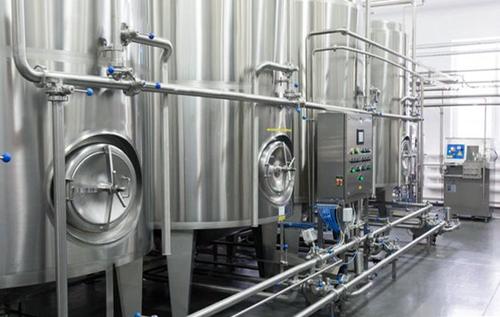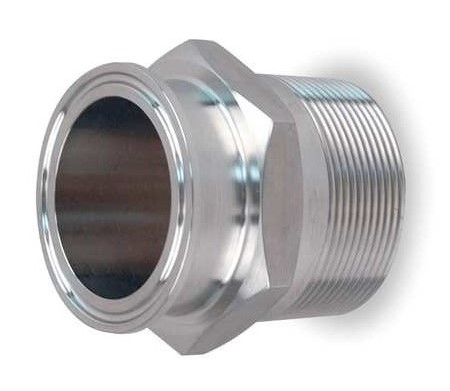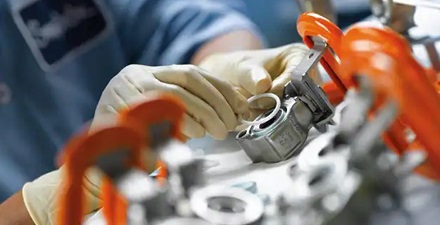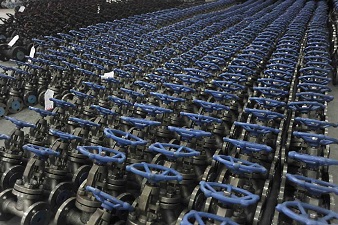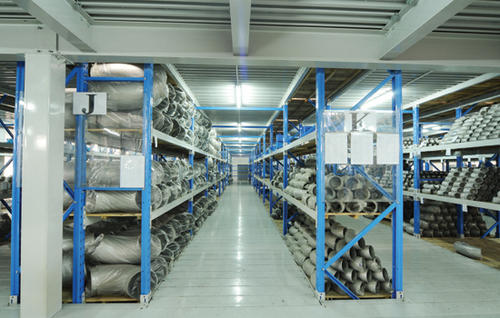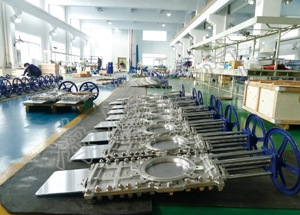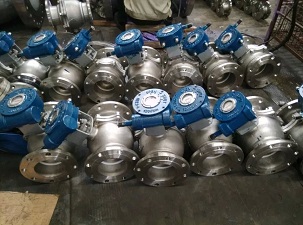Author: root
The Occasion of Use of Butterfly Valve
The butterfly valve has wide applications and is suitable for flow regulation. Since butterfly valve has a big loss of pressure in the pipeline, which is about three times that of the gate valve when choosing butterfly valves, we should fully consider the impact from the loss of pressure in the pipeline systems, we should […]
Read moreThe Use Of Oxygen Pressure Relief Valves
What is a Pressure Relief Valve Used For? Oxygen pressure relief valves are pressure-reducing devices used in compressed air gas systems. By opening proportionally to pressure increases, pressure relief valves are used to ensure outlet pressure remains stable when the inlet pressure and outlet flow change. Let’s learn more about the use of oxygen pressure […]
Read moreThe Comparison Between Solenoid Valves and Electric Valves
What is the difference between solenoid valves and electric valves? Specifying the differences between the solenoid and electric valves can be a confusing task because both function similarly. However, the experts at Adamant Valves were kind enough to explain the 4 key differences between these two types of sanitary valves. We shared their information in […]
Read moreThe Unique Performances of Titanium Valve
Why is titanium used in valves? Titanium looks very similar to steel. Its density is 4.51 grams per cubic centimeter, which is 57% of the density of steel. It’s the metal element that has the lowest density among refractory metals. Titanium is a highly chemically active metal. However, it exhibits particularly excellent corrosion resistance to […]
Read moreThe Principle of Selecting Shut-off Valve
What is a Shut Off Valve? A shut-off valve is a valve whose closing member moves along the centerline of the valve seat. According to the type of movement of the valve flap, the change of diameter of the valve seat is proportionate to the stroke of the valve flap. Because the opening and closing […]
Read moreHow Do You Adjust the Pressure On a Safety Valve?
What is the working principle of the safety valve? The principal type of device used to prevent overpressure in plants is the safety or safety relief valve. The safety valve operates by releasing a volume of fluid from within the plant when a predetermined maximum pressure is reached, thereby reducing the excess pressure in a safe manner. How Do You Adjust the Pressure On […]
Read moreThe Advantages of Full-forged Steel Gate Valve
The Advantages of Full-forged Steel Gate Valve: 1. The fluid resistance of the forged steel gate valve is small. The brushing and corrosion on the sealing surface from the medium are small. 2. Forged steel gate valve is suitable for small diameter pipelines that have an operating temperature of -29~425°C (carbon steel) or -29~500°C (stainless […]
Read moreThe Structure of High-pressure Check Valve
1. The valve flap of the high-pressure check valve is disc-shaped. It rotates around the axis of the valve seat channel. Since the channel inside the valve is streamlined and the flow resistance is smaller than that of the sanitary check valve, it’s suitable for slow flow speed and large diameter occasions where the flow […]
Read moreTop 6 Precautions to Take When Installing Balancing Valve
What is the purpose of a balancing valve? Balancing of heating and cooling systems is performed to ensure that the correct amount of water is present at all consumption points. Balancing is carried out by building balancing valves into the system, thereby adding adjustable resistance. What are the top 6 precautions to take when installing balancing […]
Read moreThe Difference between Metal Sealing Valve and Ball Valve
There’re similarities and differences between the metal sealing valves and sanitary ball valves, as is discussed below. Similarities: 1. They can achieve metal sealing and endure high temperatures. 2. They share the same way of operation. They can be operated by a handwheel or bevel gearbox. 3. They share the same way of valve stem […]
Read more
